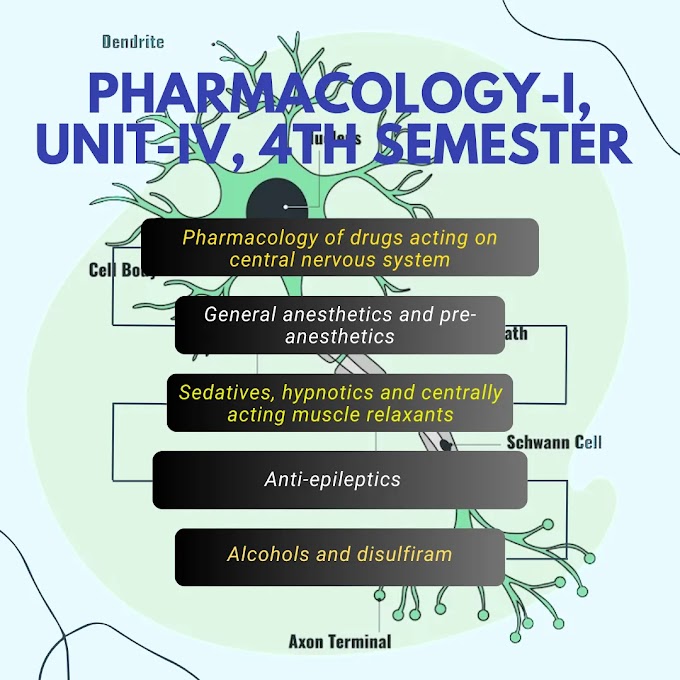Industrial Pharmacy PDF Book
Unit-1 :- Preformulation Studies.
UNIT-2 :- Tablets.
UNIT-3 :- Capsules.
UNIT-4 :- Parenteral Products.
Scope:
Once a person goes through this module he/she will be able to understand about the importance played by various pharmaceutical additives in different dosage forms where they are added and how they play a vital role in work ability of a dosage from.
Other highlights that can be understood by students:
- The student will also be able to have a clear knowledge about various existing as well as novel manufacturing techniques involved in drug product development.
- Equip himself / herself with knowledge to overcome few challenges that are other faced during formulation of a potent pharmaceutical dosage form.
Contents of the present module :
Preformulation Studies: Introduction to preformulation, goals and objectives, study of physicochemical characteristics of drug substances. a. Physical properties: Physical form (crystal & amorphous), particle size, shape, flow properties, solubility profile (pKa, pH, partition coefficient), polymorphism b. Chemical Properties: Hydrolysis, oxidation, reduction, racemisation, polymerization BCS classification of drugs & its significant Application of preformulation considerations in the development of solid, liquid oral and parenteral dosage forms and its impact on stability of dosage forms.
Introduction :
The most challenging situation or night mare for any formulation scientist or pharmaceutical company is the time when the most successful drug or its formulation or promising dosage form has to be recalled due to unexpected changes. One of the recent example in this context is the Ritonavir story which has really posed to be a challenge for Abbott laboratories. This is the stage where a planned preformulation study really helps in avoiding such effects to a larger extent¹. Preformulation studies found its way in to practical field by 1950 and early 1960.
Preformulation :
This term can be defined as a phase of formulation development process where the formulation chemists analyses and characterizes various properties of the new drug substance in order to figure out a stable, safe and effective dosage form for better management of diseased conditions.
Objectives of Preformulation Studies :
The prior investigations before formulation helps to give an idea that major and significant challenges associated with a potent compound of interest to be developed in to commercial product can be analyzed and removed. Further the formulation chemist can use these information to design and develop a more stable dosage form².
Steps of Preformulation Study:
Organoleptic properties :
Olfactory perception and palatability:
An active ingredient must be palatable as well as have a good aroma in case it’s not the case then additives like flavours or coating can be done to mask out the taste or hide the intense smell which is otherwise not acceptable. For example:
Pungent or sulphur smelling ingredients must be covered with an acceptable odorous compound similarly bland or bitter drugs can be masked for taste.
Bulk characterization studies:
The need of this study is to identify all possible forms that may exist for a substance at various points of synthesis for example presence of polymorphs (the ritonavir case). Here we normally characterise the bulk properties such as particle size, bulk density, surface morphology which may otherwise lead to an un-predictive phenomenon that may either alter the efficacy of the drug or the question the stability.
The studies undertaken under this head is depicted in Figure-1.
👉first Order Reaction, Order Of Reaction, Chemical Kinetics :- click here
👉Solid state decomposition, Order of Reaction, Chemical Kinetics :- click here
👉What is Half Life and Shelf Life, Order of Reaction, Chemical Kinetics :- click here
👉Apparent Zero Order Suspension, Chemical Kinetics, Physical Pharmaceutics :- click here
👉Zero Order Reaction, Chemical kinetics :- click here
👉ORDER OF REACTION, Chemical Kinetics Free PDF Note, Pharmacy Free PDF Book :- click here
👉ORDER OF REACTION, Chemical Kinetics Free PDF Note, Pharmacy Free PDF Book :- click here
👉MOLECULARITY OF REACTION :- click here
👉PRODRUG DESIGN :- click here
👉Application Of Prodrug :- click here
👉Classification Of Prodrug.:- click here
👉PRODRUGS, :- P.Valentina. Pharmacy PDF books for students free download :- click here
👉Chemical Kinetics, CVS Subrahmanyam full PDF file. bookhata free PDF books for students. :- click here
👉Metabolism And Extraction :- click here
👉What is Protein Binding :- click here
👉General Principle of Drug Action. Medicinal Chemistry Chapter-2 :- Click here
👉Semister–V, Medicinal Chemistry E-BOOK :- Click here
👉Pharmacognocy Semister-V, PDF Book :- Click here
👉Industrial Pharmacy-I PDF book, B-Pharm 5th Semister :- Click here
👉Interfacial Phenomena By CVS Subrahmanyam √ Physical Pharmaceutics √ 3rd Semister √ Pharmacy Free PDF Books Download :- Click here
👉Pharmaceutical Jurisprudence √ 5th Semister √ Pharmacy Free PDF Book Download :- click here
👉Pharmacology of drugs acting on cardio vascular system, 5th semister Pharmacology, Pharmacy Free PDF Book Download :- Click here
👉Autocoids and Related Drugs, Pharmacology, 5th Semister, Pharmacy Free PDF Book Download :- click here
👉Drug Stability, By CVS Subrahmanyam Physical Pharmaceutics, 4th Semister, Pharmacy Free PDF Book Download :- click here
👉Rheology, By CVS Subrahmanyam Physical Pharmaceutics, 4th Semister, Pharmacy Free PDF Book Download :- click here
👉Micromeritics, By CVS Subrahmanyam Physical Pharmaceutics, 4th Semister, Pharmacy Free PDF Books For Students Download :- click here
👉What is Absorption of Drug :- click here
👉What is Distribution Of Drug ? :- click here
👉Complexation and Protein Binding By CVS Subrahmanyam, 3rd Semister, Physical Pharmaceutics, Pharmacy Free PDF Book Download :- click here
👉Drug Metabolism, Med-Chem, 4th Semister, Bookhata Free PDF Books For Students download :- click here



.webp)